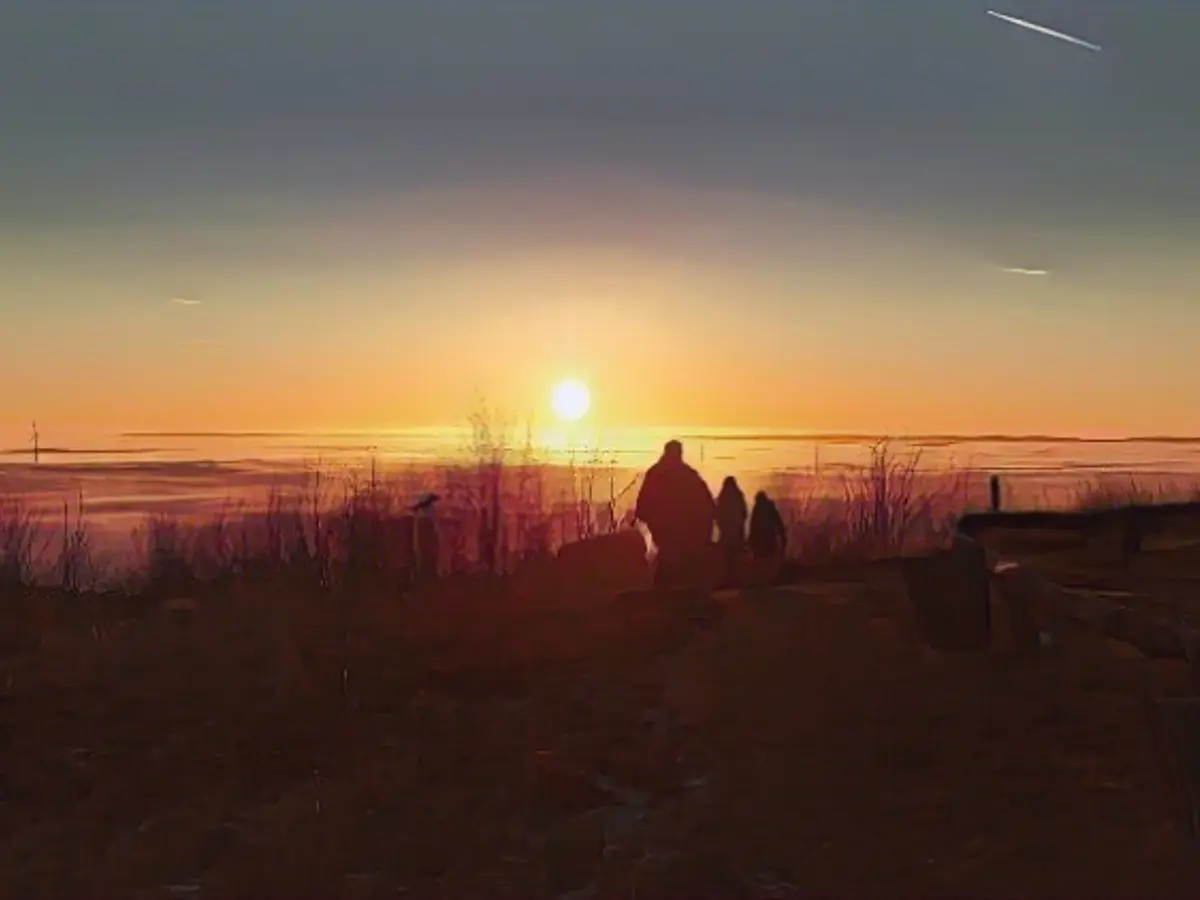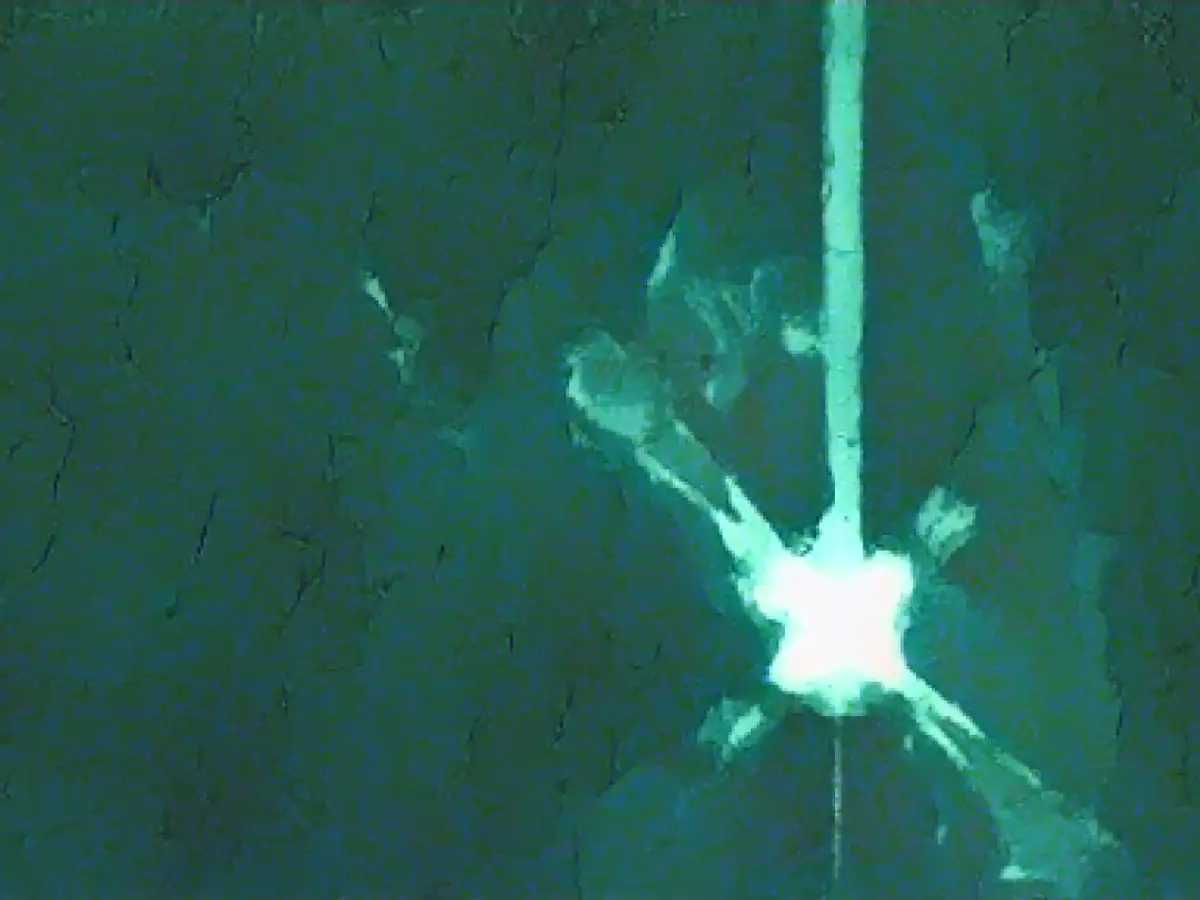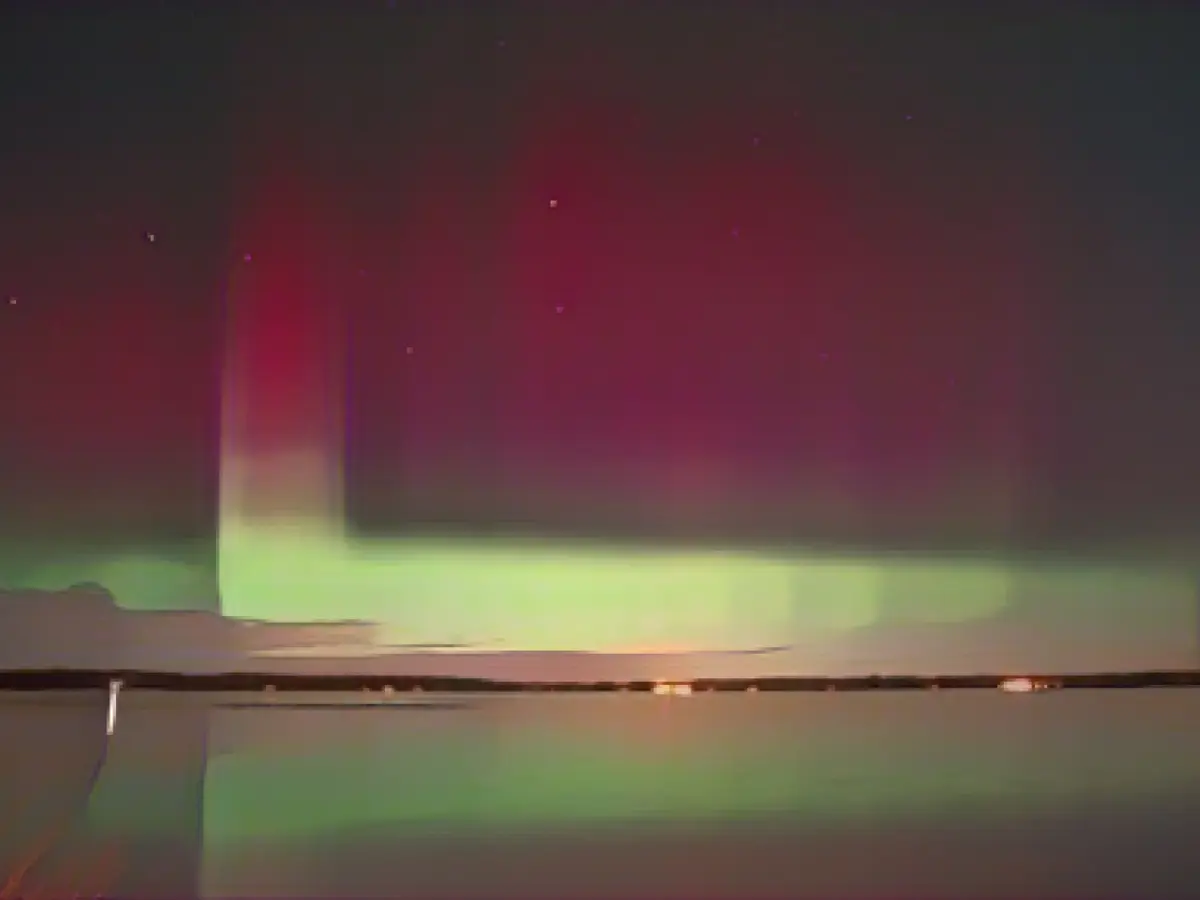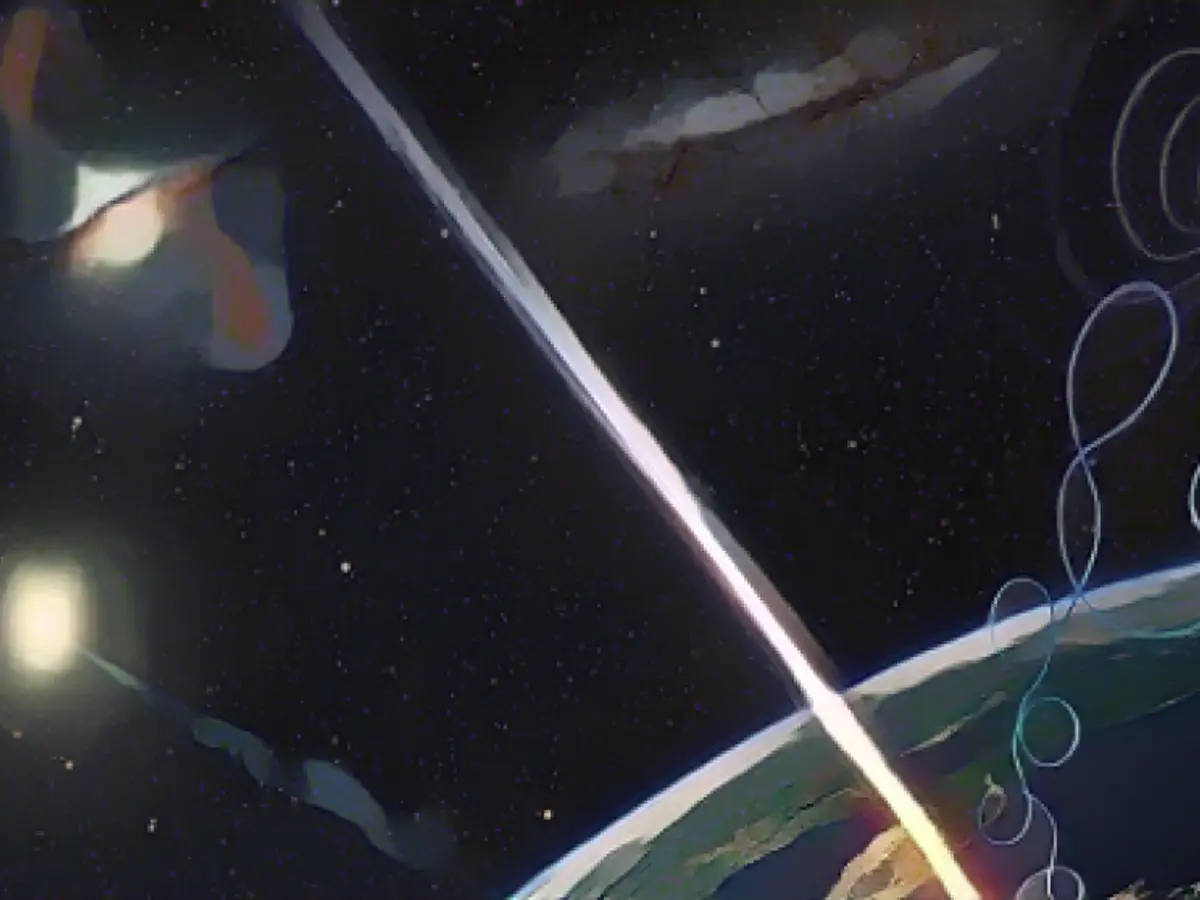Winter Solstice: More Than Just the Shortest Day
Mark your calendars because the winter solstice is just around the corner! But did you know that the winter solstice brings more than just the shortest day of the year? In Germany, the winter solstice marks the start of winter on the calendar, but it also has some unexpected effects due to the Earth's tilt.
The Southern Hemisphere's Summer Solstice
If you're in the Southern Hemisphere, then welcome to your longest day of the year! On December 22nd at midday, the sun is at its zenith above the Tropic of Capricorn, which runs through countries like Argentina, Namibia, Botswana, and Australia. However, for those in the Northern Hemisphere, we have to deal with the winter solstice and its shortest day of the year.
The Shortest Day of the Year
In Berlin, the winter solstice brings about a 7-hour and 39-minute day—that's around 9 hours shorter than the longest day of the year, which is typically on June 21. The winter solstice signals the start of the gradual lengthening of the days, which many of us welcome as a sign of the approaching spring.
The Tilt of the Earth's Axis
Why does this happen? Simple—the tilt of the Earth's axis. The Earth is tilted by around 23.4 degrees, which means that different parts of the surface receive different amounts of sunlight throughout the year. During the winter solstice, the tilt is such that the North Pole is furthest away from the sun.
The Solstice's Curious Facts
Did you know that the length of the shortest day varies greatly depending on location in Germany? In List on the island of Sylt, the day is more than an hour shorter than in Oberstdorf, the southernmost town in Germany. The rule behind this? The further north a place is, the shorter the day. But at the North Pole, the sun doesn't rise from November to January!
An interesting fact: December 22 is not the day with the latest sunrise and earliest sunset. A few days later, the sun rises about two minutes later. And a few days before the winter solstice, the sun rises earlier than the midnight mark. The reason? The equation of time, which affects the apparent movement of the sun.
The Beginning of Winter
From a meteorological point of view, winter already begins on December 1st, but for astronomers, it starts on the winter solstice. The phenomenon of the winter solstice has also left its mark on many cultures, who celebrate it as the triumph of light over darkness.
Christmas Connections
Interestingly, Christians celebrate the birth of Jesus around the same time as the winter solstice. There is no mention of the date in the Bible, but theories suggest that Christmas is a reinterpretation of a pagan festival celebrating the winter solstice, the birth of the sun god Sol invictus.
A Topic of Interest in Astronomy Classes
Educational programs often discuss the winter solstice in astronomy classes, helping students understand the tilt of Earth's axis and its impact on the amount of sunlight each region receives throughout the year.
Enrichment Data:
- The length of the shortest day during the winter solstice varies significantly depending on location in Germany due to factors like latitude, atmospheric refraction, and the equation of time.
- Latitude: The farther north you go in Germany, the shorter the day will be.
- Atmospheric refraction: The Earth's atmosphere refracts sunlight, making the Sun appear slightly higher in the sky than it actually is.
- Equation of time: The equation of time is a measure of the difference between mean solar time and apparent solar time, affecting sunrise and sunset times during the winter solstice.
- Local topography: Local topography can also influence sunrise and sunset times due to the angle of the horizon and atmospheric refraction.








